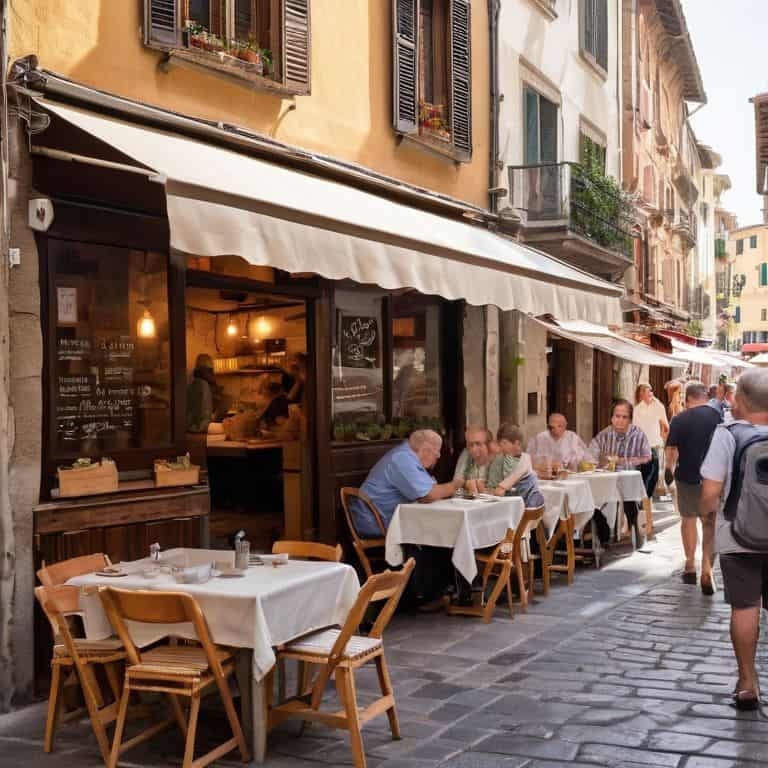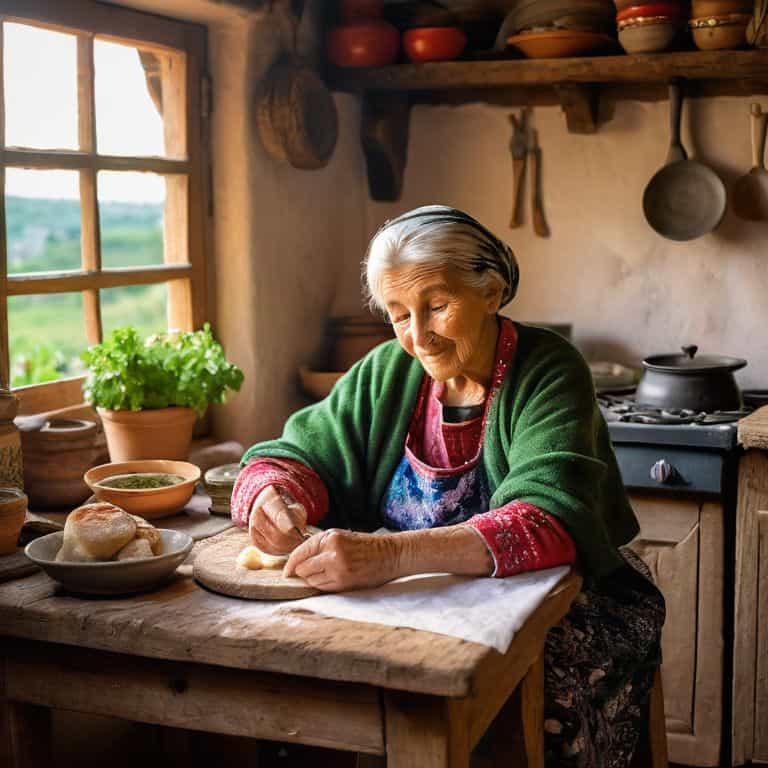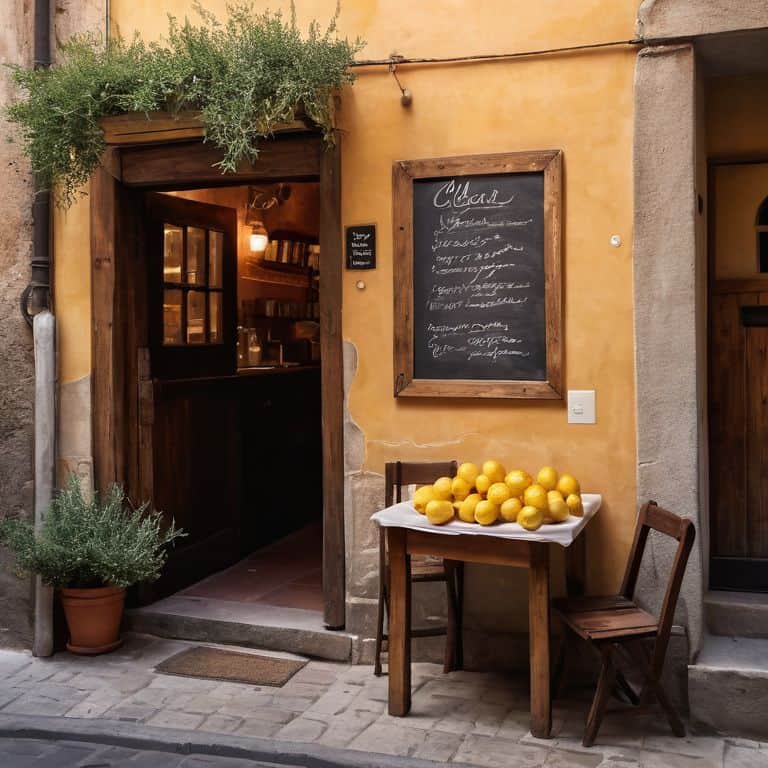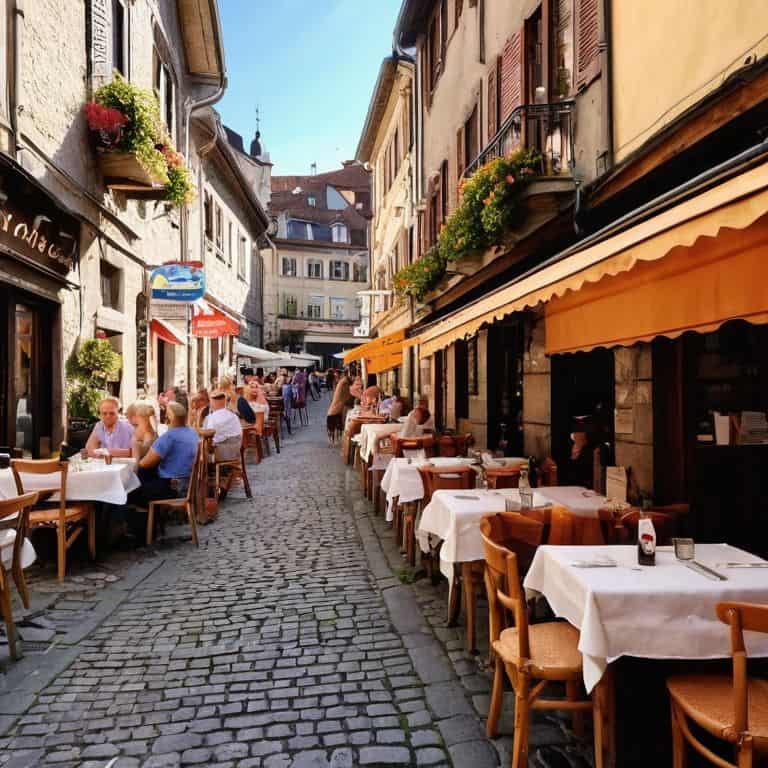I still remember the night I stumbled upon a tiny, family-owned eatery in the heart of Tokyo, serving the most authentic ramen I’d ever tasted. It was a far cry from the overpriced, bland restaurants that catered to tourists, and it got me thinking about how to avoid tourist trap restaurants. The truth is, most travel guides will lead you to believe that the best way to experience a city’s cuisine is by dining at popular, highly-recommended spots. But I’m here to tell you that’s just not true. Learning how to avoid tourist trap restaurants is an art that requires a bit of curiosity and a willingness to venture off the beaten path.
As someone who’s spent years traveling the globe and sampling the local flavors, I’m excited to share my practical advice on how to avoid tourist trap restaurants. In this article, I’ll give you the lowdown on how to track down the hidden gems that only the locals know about. From asking the right questions to reading between the lines of online reviews, I’ll share my top tips for finding the most delicious and authentic eats in any city. Whether you’re a seasoned traveler or just starting to plan your next adventure, this guide will give you the confidence to ditch the tourist menus and dive into the real flavors of the world.
Table of Contents
Guide Overview: What You'll Need

Total Time: 30 minutes to 1 hour
Estimated Cost: free – $10
Difficulty Level: Easy
Tools Required
- Smartphone (with internet access)
- Map (physical or digital)
Supplies & Materials
- Local Guidebook (optional)
- Online Review Websites (e.g., Yelp, TripAdvisor)
Step-by-Step Instructions
- 1. First, do this: ditch the guidebook and take a stroll around the neighborhood you’re staying in. Get a feel for the local vibe, and see where the locals are eating. I’ve found that some of the best meals I’ve had were at tiny, family-owned restaurants that didn’t even have a sign in English. The key is to be adventurous and keep your eyes peeled for hidden gems.
- 2. Next, ask your hotel concierge or a local you meet for recommendations, but be specific about what you’re looking for. Instead of asking for “good restaurants,” ask for “where do you like to eat?” or “what’s your favorite local dish?” This will give you a much better idea of where the locals actually go to eat, rather than just getting a list of tourist-friendly spots. I’ve had some amazing meals based on tips from locals, and it’s a great way to get off the beaten path.
- 3. When you’re exploring a new area, keep an eye out for street food vendors. These are often the best places to get a taste of local cuisine, and they’re usually very affordable. Just make sure to follow some basic food safety rules, like making sure the food is cooked in front of you and the vendor is using clean utensils. I’ve had some of my best meals from street vendors, and it’s a great way to experience the local culture.
- 4. Another way to avoid tourist trap restaurants is to look for places that are filled with locals. If you walk into a restaurant and it’s empty, except for a few tourists, it’s probably not the best choice. But if you see a place that’s packed with locals, it’s likely to be good. I’ve found that these types of restaurants often have a more authentic atmosphere, and the food is usually delicious.
- 5. When you’re reading reviews or looking at menus, be wary of places that have too many options. A good restaurant usually has a focused menu that showcases a few local specialties, rather than trying to cater to every possible taste. I’ve found that restaurants with shorter menus often have higher quality food, and it’s a good sign that they’re committed to doing a few things well.
- 6. Don’t be afraid to explore different neighborhoods, even if they’re not the most tourist-friendly areas. Some of the best restaurants I’ve found have been in neighborhoods that are a bit off the beaten path. Just make sure to take some basic safety precautions, like avoiding walking alone at night in unfamiliar areas. I’ve had some amazing meals in these types of neighborhoods, and it’s a great way to experience the local culture.
- 7. Finally, trust your instincts and don’t be swayed by fancy marketing. If a restaurant has a fancy website or is trying too hard to appeal to tourists, it’s likely to be overpriced and not very authentic. Instead, look for places that have a more low-key atmosphere, and the food is likely to be much better. I’ve found that these types of restaurants often have a more genuine atmosphere, and the food is usually delicious.
Beyond Tourist Traps

As I delve deeper into the world of authentic local eateries, I’ve come to realize that the best way to experience a culture is through its food. I’ve had the privilege of sitting down with grandmothers in remote villages, learning the secrets of their traditional dishes. These cultural dining experiences have not only broadened my palate but also given me a deeper understanding of the people and their way of life.
To uncover the hidden gems, I rely on local food blogs and guides. These resources often point me in the direction of off the beaten path cafes that serve up delicious, authentic cuisine. I’ve also learned to navigate restaurant review sites with a critical eye, looking for reviews from locals and travelers who have stumbled upon a gem. By doing so, I’ve been able to avoid overpriced restaurants that cater to tourists and instead, opt for a more genuine experience.
My journey has taught me that the true essence of a culture lies in its street food. By venturing into the unknown and seeking out local eateries, I’ve discovered flavors and dishes that I never would have encountered in a touristy restaurant. This approach has allowed me to immerse myself in the local culture, and I highly recommend it to anyone looking to have a more authentic experience.
Reading Local Food Blogs for Hidden Gems
As I delve into the uncharted culinary landscape of a new city, I find myself scouring local food blogs for the hidden gems that only a true insider would know. These blogs are more than just a list of recommendations – they’re a window into the soul of the city, revealing the secret spots where locals gather to savor the authentic flavors of their culture. I’ve discovered some of my favorite street food vendors and family-run eateries through these blogs, and I’ve learned to trust the opinions of local writers who share my passion for uncovering the real story of a place through its cuisine. By reading local food blogs, I’ve been able to experience the city like a native, stumbling upon tiny eateries tucked away in alleys and side streets that I never would have found on my own.
Uncovering Authentic Local Eateries
Uncovering Authentic Local Eateries
As I delve into the heart of a city, I’m on a mission to uncover the authentic local eateries that showcase the true flavors of the culture. I’ve found that the best way to do this is by following the locals, quite literally. I observe where they eat, what they order, and how they interact with the vendors. It’s amazing how much you can learn by simply sitting at a street food stall, watching the world go by, and striking up a conversation with the chef. I’ve discovered hidden gems, like a tiny Vietnamese pho shop tucked away in a Hanoi alley, where the broth is simmered for hours and the noodles are made fresh daily.
These local eateries are more than just places to grab a bite; they’re community hubs, where stories are shared and traditions are passed down. By venturing beyond the tourist traps, I’ve had the privilege of experiencing the real essence of a place, and I’m excited to share these discoveries with you. Whether it’s a spicy Indian curry from a Mumbai street vendor or a hearty Polish pierogi from a Krakow market stall, each dish is a window into the local culture, and I’m eager to take you on this culinary journey with me.
Ditch the Guidebook: 5 Insider Tips to Avoiding Tourist Trap Restaurants
- Follow the locals, not the signs: I’ve found that the best eateries are often tucked away in quiet alleys or side streets, far from the neon lights and souvenir shops
- Learn to spot the telltale signs of a tourist trap: overpriced menus, pictures of the food instead of the real deal, and a clientele that looks like they just stepped off a cruise ship
- Get lost in the streets and stumble upon hidden gems: some of my favorite culinary discoveries have been made by wandering aimlessly through a new city, taking in the sights and smells
- Read between the lines of online reviews: look for reviews from locals or fellow travelers who have stumbled upon a genuine find, and be wary of places with overly glowing or generic reviews
- Trust your nose and your instincts: if a place smells amazing and the atmosphere feels authentic, it’s likely to be a winner – and if it looks too good (or bad) to be true, it probably is
Key Takeaways for the Discerning Traveler
Ditch the guidebook and eat where the locals do – it’s the best way to uncover authentic flavors and hidden gems
Reading local food blogs and social media can give you the inside scoop on the best street food, markets, and hole-in-the-wall eateries
By venturing beyond tourist trap restaurants, you’ll not only experience the real taste of a culture, but also support local communities and preserve traditional culinary traditions
Street Food Wisdom
The best way to avoid a tourist trap restaurant is to follow the trail of motorbikes and locals, not the trail of TripAdvisor stickers – the flavor of authenticity is often found where the streets are narrow and the signs are handwritten.
Marco Bianchi
Savoring the Authentic Flavors

As I reflect on my journey to avoid tourist trap restaurants, I’m reminded of the importance of curiosity and a willingness to venture off the beaten path. By following the steps outlined in this guide, from reading local food blogs to uncovering hidden gems, you’ll be well on your way to discovering the true flavors of a culture. Whether it’s a street food stall in Bangkok or a family-run trattoria in Rome, the key is to be open to new experiences and to trust your instincts. Don’t be afraid to ask locals for recommendations or to try dishes that you’ve never heard of before.
So, the next time you’re planning a trip, remember that the best meals are often the ones you least expect. Immerse yourself in the local culture, and you’ll be rewarded with a culinary experience that’s both authentic and unforgettable. As I always say, a plane ticket is the best cookbook you can buy, and with a little bit of effort, you can turn any trip into a gastronomic adventure that will leave you inspired and eager to plan your next culinary journey.
Frequently Asked Questions
What are some common signs or characteristics that indicate a restaurant is a tourist trap?
For me, it’s all about the vibe – if a place is filled with fanny packs and guidebooks, or has a menu translated into five languages, it’s likely a tourist trap. And let’s be real, if the staff are pushing for a photo op or the prices are inflated, it’s time to keep walking.
How can I effectively use online review sites to distinguish between authentic local eateries and tourist-oriented restaurants?
I swear by online review sites like TripAdvisor, but with a twist. I filter by language, seeking out reviews in the local tongue – it’s amazing how often a gem is hidden in plain sight, praised by locals but overlooked by tourists.
Are there any specific questions I should ask locals or fellow travelers to get insider tips on the best non-touristy places to eat?
When asking locals or fellow travelers for insider tips, I always ask: ‘Where do you take your family to eat?’ or ‘What’s your favorite childhood dish?’ It’s amazing how quickly you’ll get pointed towards hidden gems, from street food stalls to family-run eateries, that serve up authentic flavors beyond the tourist radar.
